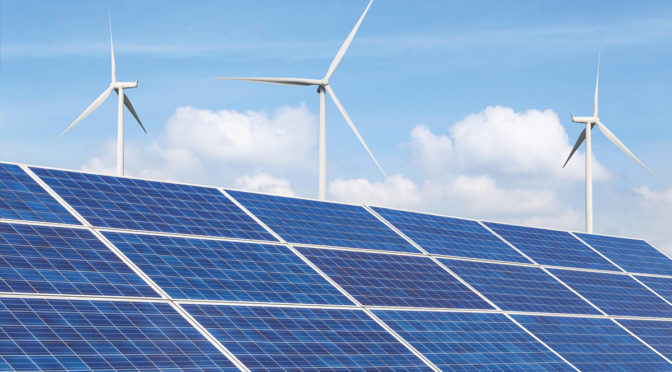Kiribati, a small island nation in the Pacific Ocean, faces unique challenges and opportunities in its energy market. With a population of just over 110,000 people spread across 33 islands, the country’s energy infrastructure is underdeveloped and heavily reliant on imported fossil fuels. However, the potential for renewable energy sources, such as solar and wind power, presents an opportunity for the nation to diversify its energy mix and reduce its dependence on expensive and environmentally harmful fuel imports.
One of the primary challenges facing Kiribati’s energy market is the high cost of imported fossil fuels. The country’s remote location and small population make it an unattractive market for large-scale energy investments, resulting in high prices for imported fuels. In 2019, the average price of imported diesel fuel in Kiribati was $1.10 per liter, significantly higher than the global average of $0.84 per liter. These high costs have a direct impact on the affordability of electricity for the population, with only around 60% of households having access to electricity.
The reliance on imported fossil fuels also has significant environmental implications. As a low-lying island nation, Kiribati is particularly vulnerable to the impacts of climate change, including rising sea levels and more frequent and severe weather events. By reducing its dependence on fossil fuels and increasing the share of renewable energy in its energy mix, Kiribati can contribute to global efforts to reduce greenhouse gas emissions and mitigate the impacts of climate change on its own shores.
In recent years, there have been efforts to address these challenges and capitalize on the opportunities presented by renewable energy sources. In 2017, the government of Kiribati launched the Kiribati Integrated Energy Roadmap (KIER), which aims to increase the share of renewable energy in the country’s energy mix to 45% by 2025 and improve energy efficiency by 30% over the same period. The roadmap also seeks to increase access to electricity for the population, with a target of 95% electrification by 2025.
One of the key components of the KIER is the expansion of solar power in Kiribati. The country has abundant sunshine, with an average of 5.5 hours of sunlight per day, making it an ideal location for solar energy generation. In recent years, several solar power projects have been implemented across the country, including the installation of solar panels on the rooftops of government buildings and the construction of solar mini-grids on remote islands. These projects have not only increased the share of renewable energy in Kiribati’s energy mix but also provided much-needed electricity to communities that previously had limited or no access to power.
Another potential opportunity for Kiribati’s energy market is the development of wind power. The country’s location in the Pacific Ocean means that it experiences consistent trade winds, which could be harnessed for electricity generation. While wind power has not yet been widely adopted in Kiribati, a pilot project on the island of Abaiang has demonstrated the feasibility of small-scale wind turbines for electricity generation in the country.
In conclusion, Kiribati’s energy market faces significant challenges, including high costs of imported fossil fuels, limited access to electricity, and the environmental impacts of its current energy mix. However, the potential for renewable energy sources, such as solar and wind power, presents an opportunity for the country to diversify its energy mix, reduce its dependence on imported fuels, and contribute to global efforts to combat climate change. By continuing to invest in renewable energy projects and working towards the ambitious targets set out in the Kiribati Integrated Energy Roadmap, the country can overcome these challenges and build a more sustainable and resilient energy future for its people.


